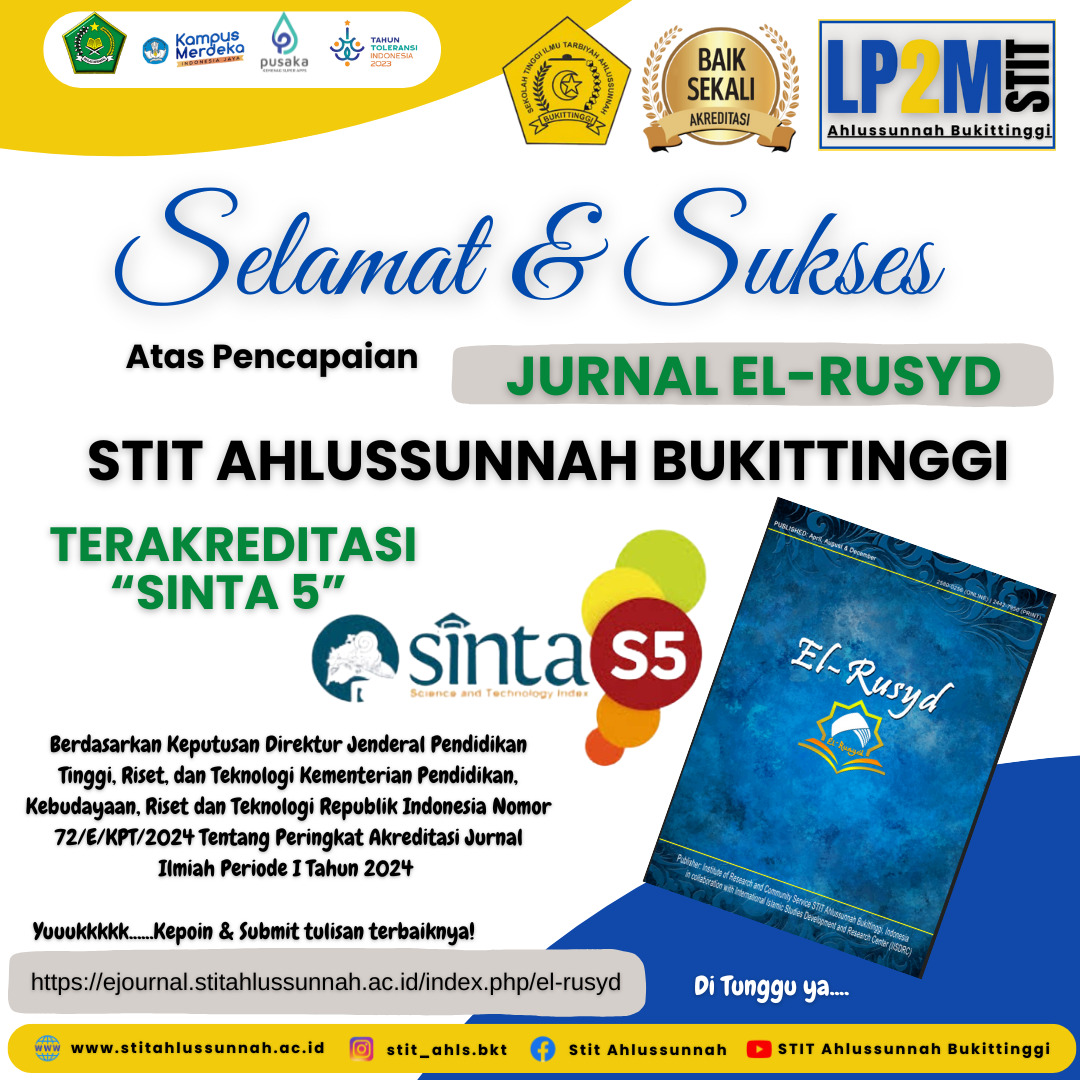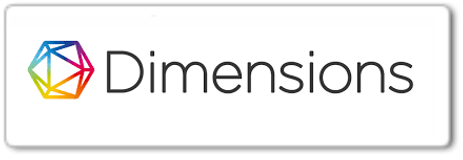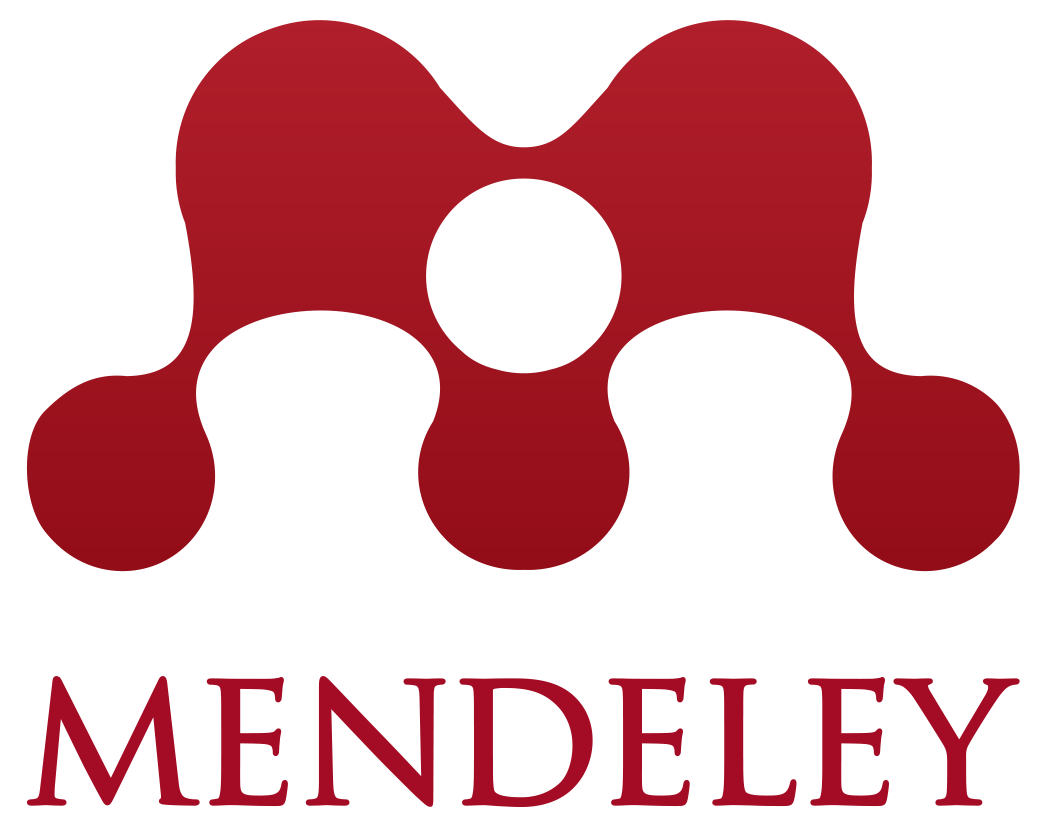The IMPLEMENTATION OF HOLISTIC LEARNING STRATEGIES
IMPLEMENTASI STRATEGI PEMBELAJARAN HOLISTIK
DOI:
https://doi.org/10.58485/elrusyd.v8i1.140Keywords:
Holistic, Learning StrategicAbstract
Holistic learning is a learning approach that builds humans as a whole and intact by developing all human potential which includes social-emotional potential, intellectual potential, moral (character) potential, creativity, and spiritual. The basic concept of holistic learning is learning approach focuses on understanding information and relating it to other topics so that a knowledge framework is built. Holistic learning views humans as a whole, in the sense of humans with their cognitive, affective and behavioral elements. Humans also cannot stand alone, but are closely related to their environment. In holistic learning, the principle is applied students will learn more effectively if all aspects of their personality (mind, body and spirit) are involved in the learner's experience. Holistic learning greatly contributes to increasing students' interest and motivation because holistic learning contains a unity of physical and spiritual education, honing spiritual intellectual (emotional) skills, a unity of practical theoretical educational material, a unity of personal social divine education material. It also does not look at humans from their separate activities in certain parts, but a creature is whole behavior cannot be explained based on activities of parts. Not only through their intellectual potential, but also from their spiritual and emotional potential.
References
Afroni, M. (2019). Pendekatan Holistik dalam Meningkatkan Pembelajaran Bahasa Arab. Pustaka Setia.
Athiyah Ath Thuri, H. (2017). Mendidik Anak Perempuan Di Masa Kanak-kanak. Amzah.
Halida. (2015). Penerapan Model Networked (jejaring) dalam Pembelajaran Terpadu Pendidikan Anak Usia Dini. Ilmu Pendidikan FKIP UNTA.
Haudi. (2021). Strategi Pembelajaran. Insan Cendekia mandiri.
Maesaroh, S. (2018). Penerapan Strategi Pembelajaran Holistik Dalam Meningkatkan Hasil Belajar Siswa Pada Mata Pelajaran Ips Terpadu Di Kelas Viii Smpn I Dukupuntang Kecamatan Dukupuntang Kabupaten Cirebon. Institut Agama Islam Negeri (IAIN) Syekh Nurjati Cirebon.
Maunah, B. (2016). Implementasi Pendidikan Karakter Dalam Pembentukan Kepribadian Holistik Siswa. Jurnal Pendidikan Karakter. https://doi.org/10.21831/jpk.v0i1.8615
Ngiu, Z., Djafri, N., & Arwildayanto, A. (2021). Strategi Guru dalam Pembelajaran Holistik pada Pendidikan Anak Usia Dini. Jurnal Obsesi : Jurnal Pendidikan Anak Usia Dini. https://doi.org/10.31004/obsesi.v6i3.1798
Novianty Djafri dan Arwildayanto, Z. N. (2022). Strategi Guru dalam Pembelajaran Holistik pada Pendidikan Anak Usia Dini. Jurnal Obsesi : Jurnal Pendidikan Anak Usia Dini, 6(3), 1429. https://doi.org/https://doi.org/10.31004/obsesi.v6i3.1798
Rubiyanto, N. (2018). Strategi Pembelajaran Holistik di Sekolah. Prestasi Pustaka Publisher.
Sudrajat, A. (2014). Pendekatan Pembelajaran Holistik di Sekolah Dasar. Raja Grafindo Persada.
Wena, M. (2017). Strategi Pembelajaran Aktif Kontemporer. Bumi Aksara.
Yulfamita Rahman, W. (2020). Strategi Pembelajaran Kontekstual. Jurnal Ilmu Pendidikan Muhammadiyah Kramat Jati. https://doi.org/10.55943/jipmukjt.v1i1.7











